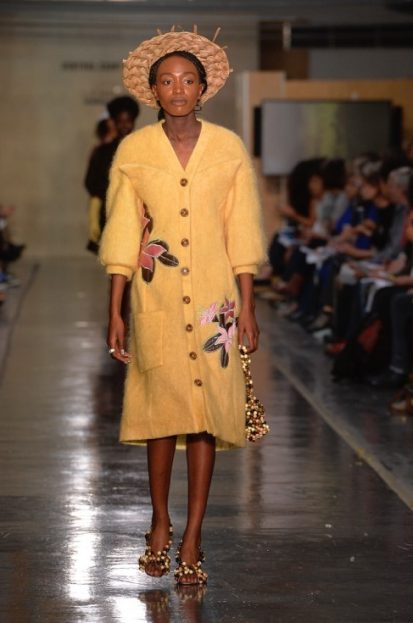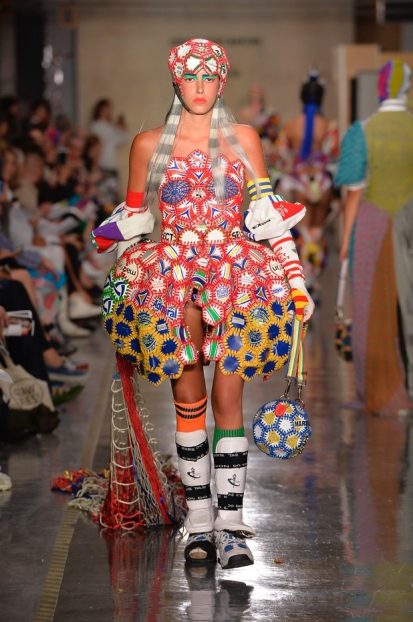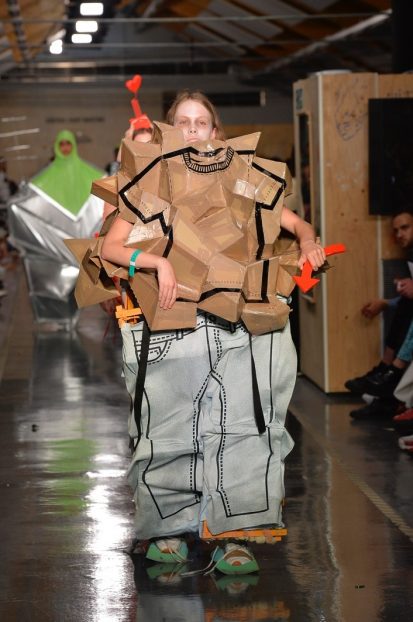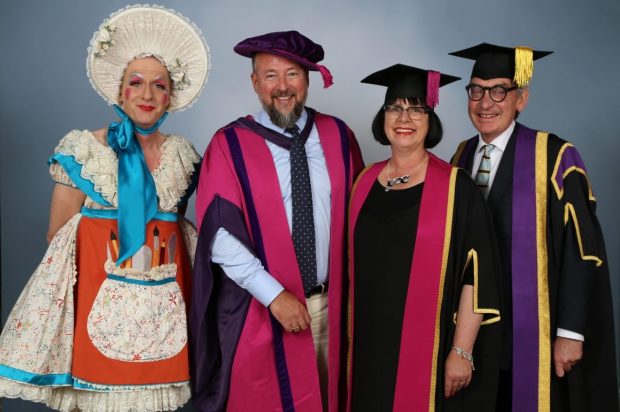The output of the UK’s creative industries has been rising for the last twenty years. By 2014 this sector was worth £133.3 billion (GVA). That’s 8.2% of the economy, employing a workforce of 2.8 million people.
Within the creative sector, the design and fashion industry showed the biggest percentage increase, growing by almost 50%.

Design rights
The Intellectual Property Office (IPO) has been turning inventiveness into property since it opened its doors in 1852. It was called the Patent Office back then, but it didn't just administer rights for inventions. In 1787, the Designing & Printing of Linen Act gave rights to the ‘art of designing and printing linens, cottons, calicos and muslin’.
Britain may have had the most state-of-the-art looms and factories in the world, but without colour, shape and eye-appeal, fabric is merely a raw material. The 1787 Design Act recognised that design creates value. It was a state-of-the-art law.
The ‘new’ new
Fashion is dramatic, ever changing, emotive and desirable. It inspires markets, sparks change and represents an era. It embodies the cutting edge of creativity and seeks to describe not only what's relevant today, but what may be on trend tomorrow.

The fashion industry is future-facing, so events like London’s bi-annual Fashion Week act as windows into the unknown. But will what’s on offer really sell? The best designers are the ones who say ‘yes’, then go on to prove it.
Fashion capital
London Fashion Week (15 to 19 February) along with New York, Paris and Milan, is one of the ‘big four’ international events that boosts the industry globally. Indeed, London’s multicultural, vibrant and diverse nature is its unique selling point (USP). A glance through the +270 featured brands at last year’s events shows that the world’s designers are attracted to the UK. Not just to display their work, but also to create and study at centres of excellence throughout Britain.
Fashion in the UK
The UK fashion industry is world-renowned and its success is demonstrated by Britain’s global brands like Victoria Beckham and Stella McCartney (both registered trade marks). But the post-war success of British fashion was never founded on high profile, high value names alone.

Over the last fifty years, new ideas have emerged from Britain’s culturally diverse and inventive youth culture. These ideas have then been inspired and refined at Britain’s international-facing fashion and art colleges.
Central Saint Martins, University of the Arts London
According to legend, the Sex Pistols' very first gig took place in London’s St. Martin’s School of Art. Now named Central Saint Martins, the college is part of the University of the Arts London (UAL). UAL is the creative powerhouse spanning six of London’s prestigious art and design schools, whose programmes engage with creative production from the digital to the physical.
All of the designs featured here are drawn from Bachelor of Arts programmes at Central Saint Martins.

Creative Britain
UAL delivers its creative punch on a global scale, with its emphasis on diversity, experimentation, connectivity and creativity. It has an international reputation attracting over 18,000 aspiring designers, makers and visionaries from around the world.
Led by chancellor Grayson Perry, UAL characterises the study of art and creative production throughout the colleges and universities. Perry said:
Accessing high quality education is critical to shaping an artist. You need to work hard, be nice – but also learn to make mistakes, and there’s no better place to do this than at art school.
The IPO – turning trouble into products
Grayson Perry’s description of UAL as ‘the world’s biggest factory for trouble’, could be applied to any successful creative organisation. Registering and protecting design rights and trade marks transforms trouble into things. The new ‘new’ is meaningful, useful IP.

To keep in touch, sign up to email updates from this blog, or follow us on Twitter.
1 comment
Comment by Clive Bonny posted on
great reminder to design creatives on the value of IP protection